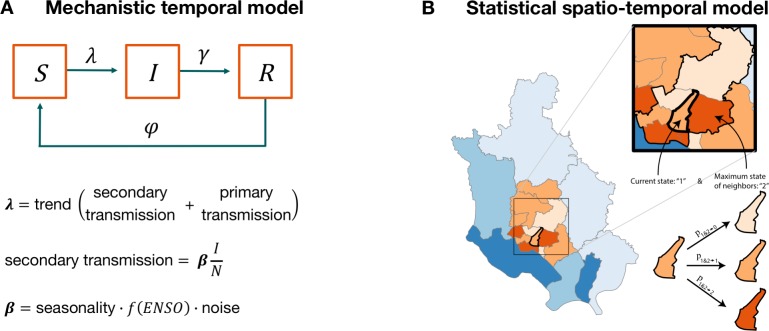Fig 1. Schematic representation of the models.
(A) Mechanistic temporal model. The population is divided into three classes, for the susceptible S, infected I and recovered R individuals. The arrows denote rates of flow among these classes. The force of infection λ includes three components: a long-term trend, secondary transmission that depends on the levels of infection in the population, and primary transmission at a constant rate from an environmental reservoir of the pathogen. The transmission coefficient (or rate) β in secondary transmission incorporates seasonality, interannual variation as a function of the ENSO index, and environmental noise. (B) Statistical spatio-temporal model. Districts of the city known as “thanas” are grouped into two main regions (depicted in orange for the core and in blue for the periphery). Thanas within the same group follow the same dynamical rules in terms of transitions between cholera levels or states from one month to the next. Three states are considered and used to discretize the case data: no cholera (0), low cholera (1), or high cholera (2) as indicated by the different color intensity. The probability of transition between states from one month to the next depends on the season, the maximum state of neighboring districts, and the climate covariate (ENSO). For details on the models, see Methods and S1 Text.

